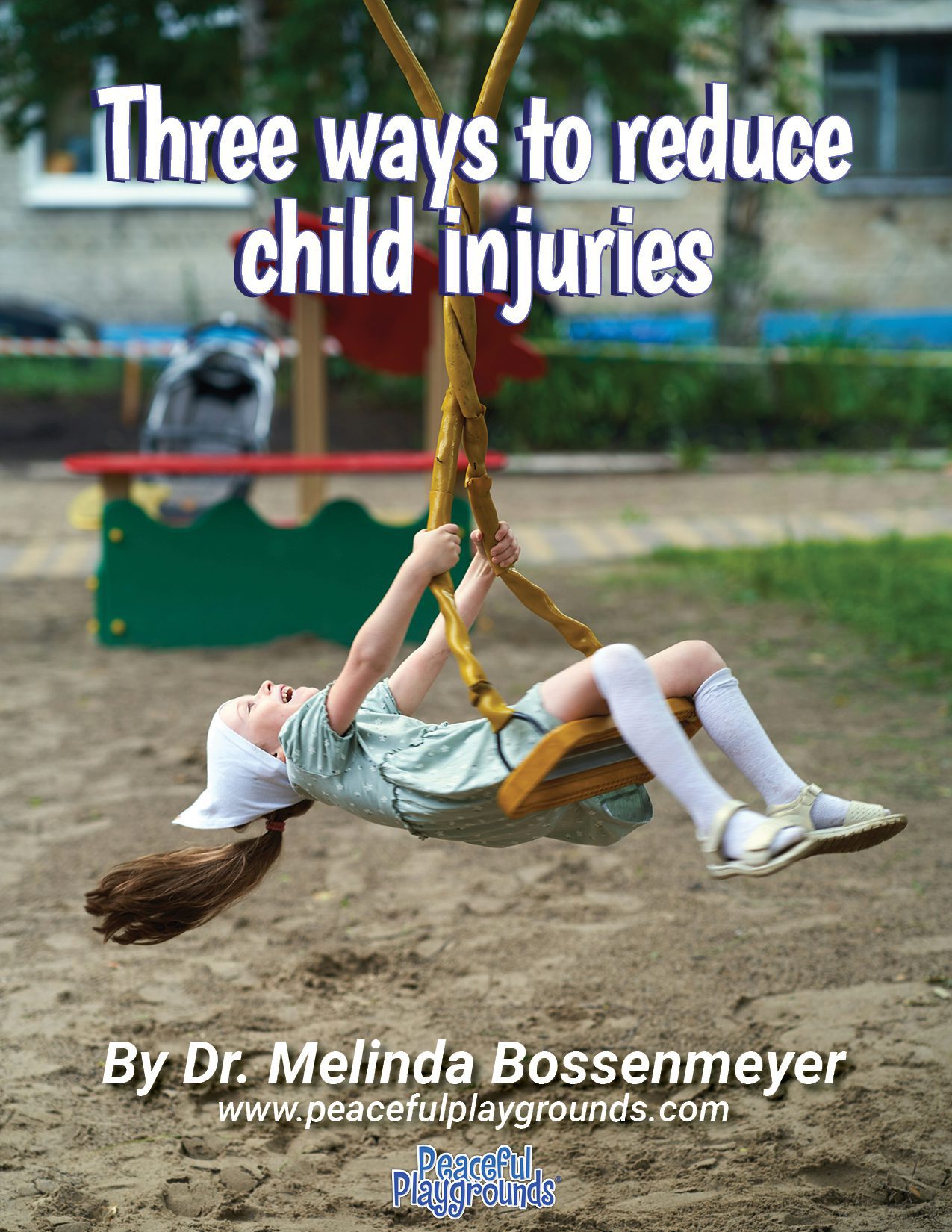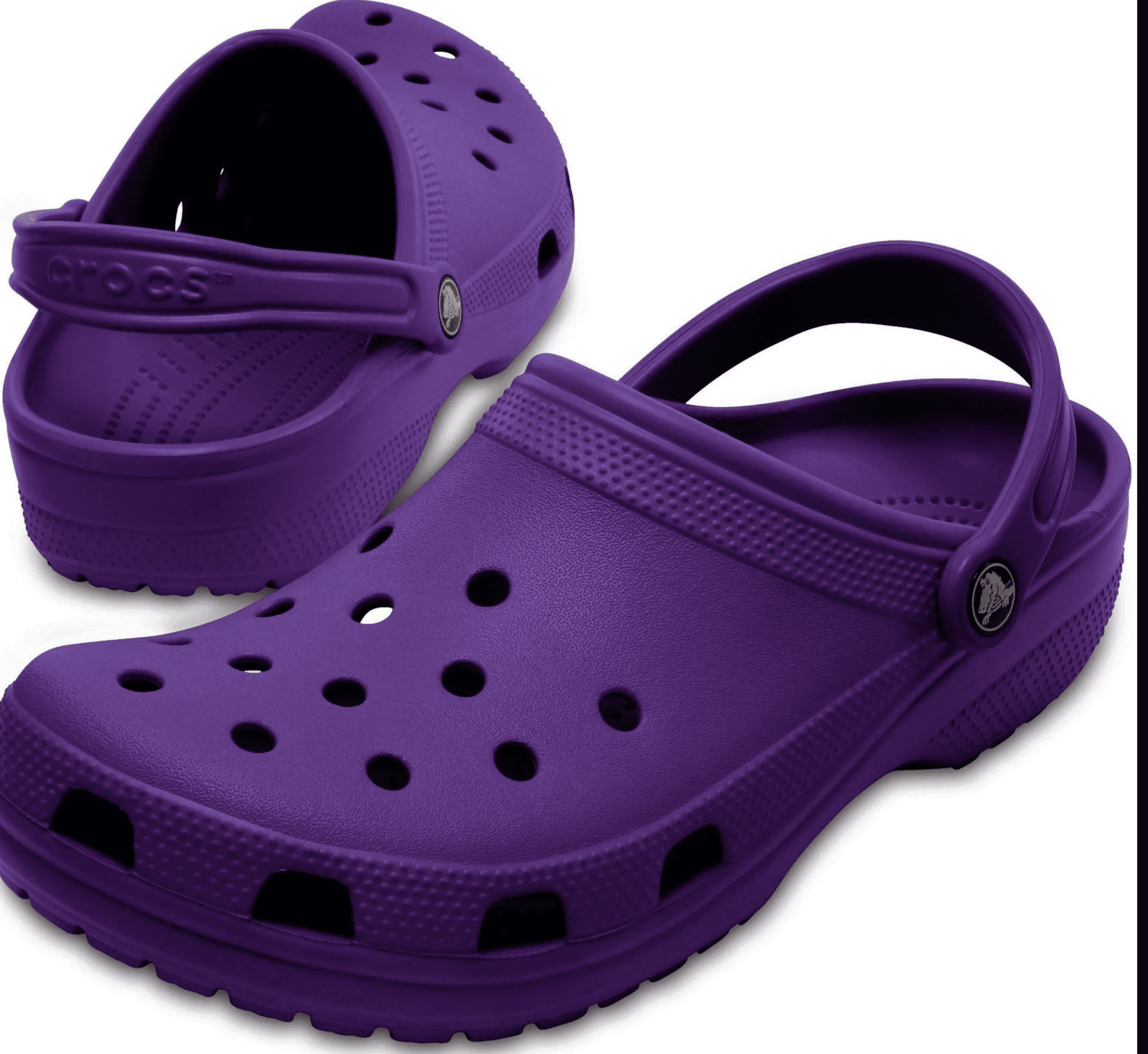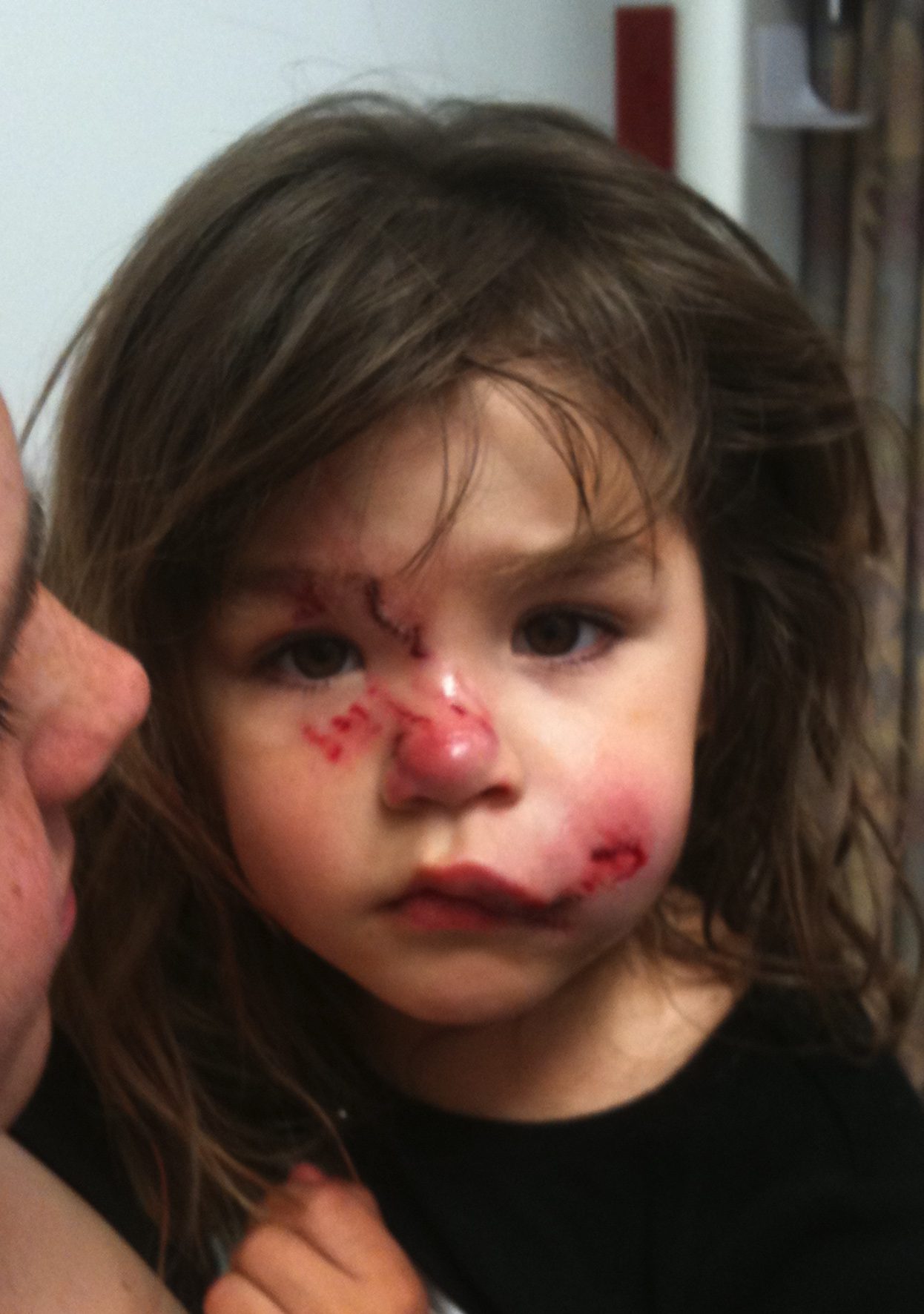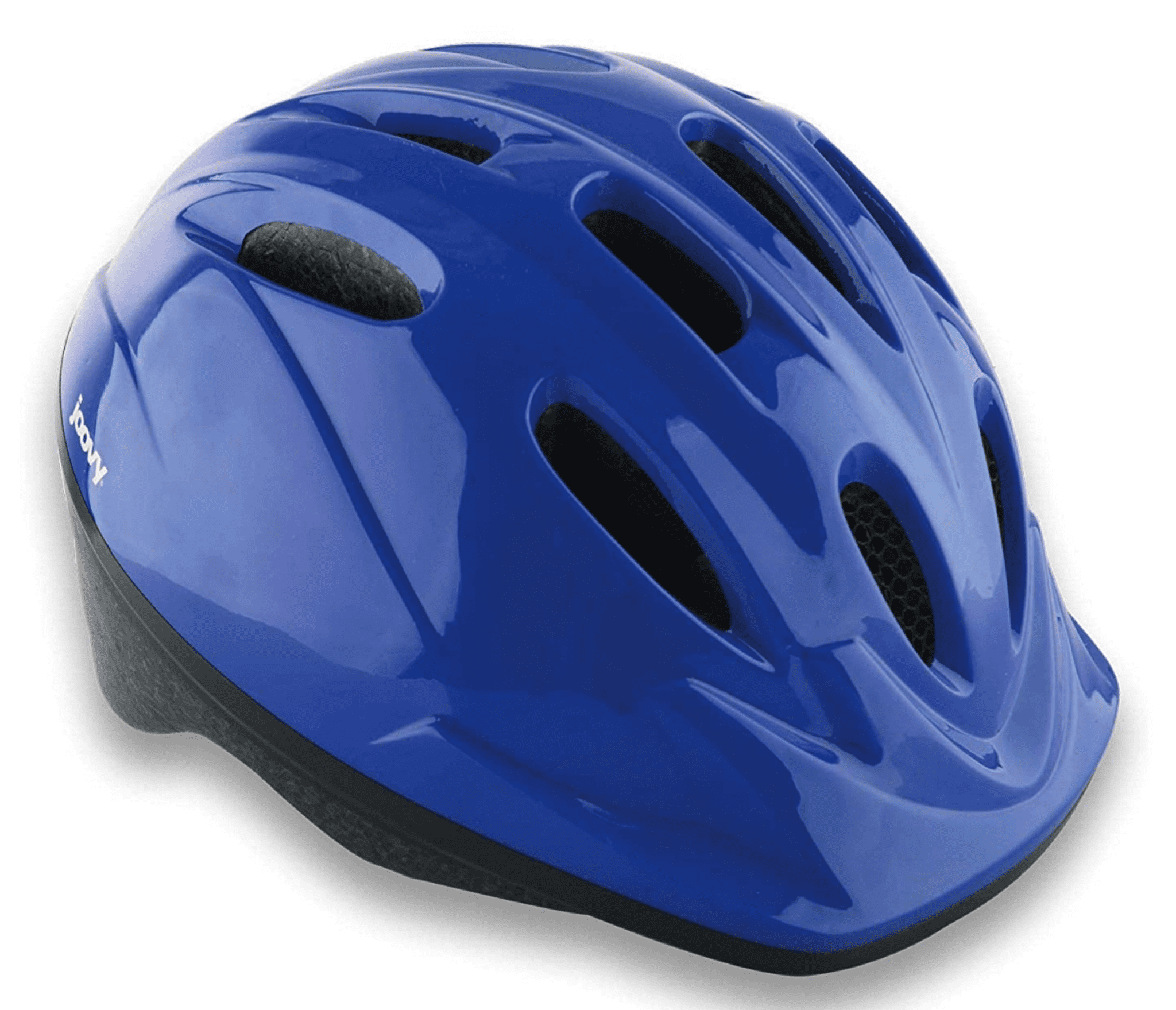3 Ways to Reduce Childhood Injuries

*warning graphic image* dog bite injury to a child below. If sensitive please avoid this article*
The New York Times recently had an article quoting ER doctors about what they called, "We see the worst of the worst and the silliest of the silliest," according to Dr. Pratt a physical at the University of Chicago Medicine.
What are the injuries he sees that need attention in regard to children?

1) Crocs
First and quite surprising. Don't wear Crocs when it is snowy or icy outside. Not only because they lack warmth but mostly because of how easy it is to slip on the ice due to their lack of traction. You've probably seen the Facebook videos of people sliding around in the ice, many of whom have on proper winter books and tons of support protecting the whole foot. While in icy conditions, the lack of tread on the sole materials and the lack of support for the ankle make them less appropriate because people go flying and so do their Crocs. Dr. Pratt reports that in the winter he sees Croc-specific injuries about once a week.
A better choice would be other types of footwear, like boots with deep threads. They keep the foot and ankles supported, keep the foot warm and dry as well as, providing solid traction.
Even if you live in a mild climate without snow, and there isn't as much ice and snow as in other areas, that dew, rain, and the occasional frost can still cause slippery conditions, and therefore caution should still be taken.
"Children should wear a more protective shoe since they can easily injure themselves if they wear Crocs while running around," according to Healthline.[1] "Crocs do not have what is required to control the heel, support the arch, and maintain stability."
Generally speaking, many schools do not allow crocs for physical education due to students tripping and falling more frequently than tennis shoes but Crocs are thought to be better than flip flops as they protect the toes.
[1] Crocs Aren't great for your heels or arches-Here's when to skip them. Healthline. https://www.healthline.com/health/are-crocs-bad-for-your-feet#when-to-wear
2) Don't pet strange dogs.
When my granddaughter was four, she encountered a small dog at her sitters house. While playing outside she bent down to pet the dog and got near the animal's face. For some reason the dog attacked her biting her in the face right next to her eye, nose and forehead.
Besides the attack being a traumatic experience, a ER trip and about an hour of stitches on her face was understandingly more than even an adult can take. Contrary to popular belief most dog-bite injuries in the United States researchers found are inflicted (as was my granddaughter's experience) by pets not strays.
A good rule we've learned is ask permission to pet an animal and my granddaughter to this day will ask the owner is your dog safe. It is a small thing but teaching children this small tips may help to avoid a traumatic experience for another small child.[1] A few additional tips to keep children safe around dogs:
- Never approach a dog that is eating or sleeping
- Avoid dogs behind fences or in cars
- Ask permission to pet
Don't bend down even with a dog's face.
[1] Dog Bite: Quick Statistics. Dogbites.org https://www.dogsbite.org/dog-bite-statistics-quick-statistics.php#dogbite-statistics


3) Don't ride without a helmet.
A child who enters the ER with a head injury is like A NIGHT AND DAY DIFFERENCE based on if the child was wearing a helmet. Not just bicycles (which are required in many states) but also when skating boarding, sports in general and definitely e-bikes. Without a helmet a head injury can be life threatening.
When my daughters were in elementary school the neighbor was riding his bike without a helmet. He fell off the bike and his head hit the curb next to the sidewalk and the street. The child was in 5th grade, and it was a freak accident. He had a traumatic brain injury and was in the hospital and a recovery home for about a month. Then the child came home in a wheelchair. He never left the wheelchair, and he only lived a few years longer. Helmets statistically reduce the risk of serious head injury. That's why I always wear one and you should too. For everyone, the results show that wearing helmets is significantly linked to a reduced risk for longer hospital stays, serious injuries, and death.
4) Beyond Bikes
Other activities where helmets are crucial are:
- Skateboarding
- Scooters
- Rollerblading
- Skiing and Snowboarding
- Any sport with risk of head injury
"Wearing a helmet is one of the easiest things you can do to protect yourself if you're riding a like." Executive director of the League of American Bicyclists.[1]
In some sports head injuries are common. The worst offender is tackle football. After years of reading the research on head injuries related to football hits to the head, I can no longer watch a tackle football game. I know it seems extreme. I wrote an article on this topic last year called, Head on Collision: CTE, Youth Football and the Urgency for Reform. [2] The good news is the introduction of flag football. Many high schools are starting girls flag football leagues and starting out right. They are requiring soft shell flag football helmets designed protect against head injuries by
enhancing player safety.
By implementing these three simple safety suggestions you will be reducing the risk of child injury and helping to keep all children safe.
[1] Most Cyclists who suffer head injuries aren't wearing helmets. Loria, Kevin. Consumer Reports online. Sept 2019. https://www.consumerreports.org/health/head-injuries/most-cyclists-who-suffer-head-injuries-arent-wearing-helmets-a9629801958/
[2] Head on Collision: CTE, Youth Football and the Urgency of Reform. Featured Articles, Peaceful Playgrounds, Inc. Dr. Melinda Bossenmeyer. 2024

